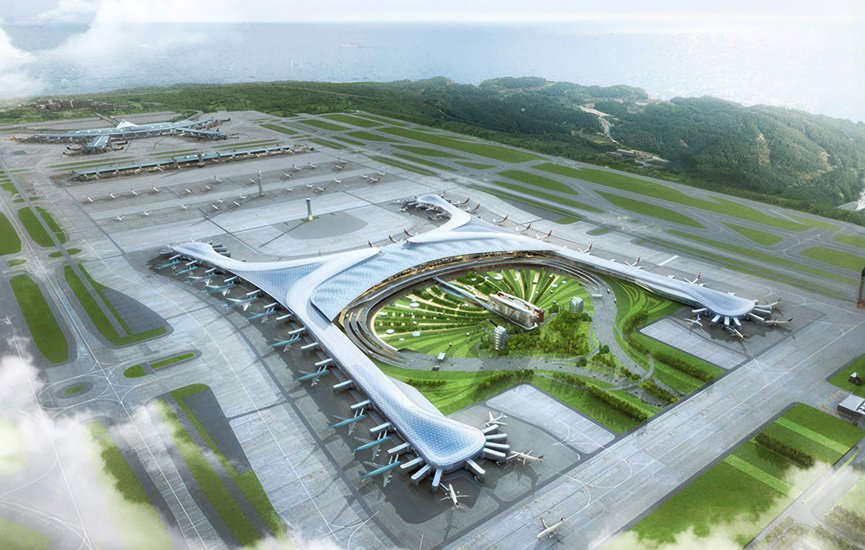By Hassan Ssenyonga | AfricaOne News
Africa is building big, and Ethiopia is leading the way. With a bold investment of $7.8 billion, the country has begun constructing what is set to become Africa’s largest airport, positioning itself as a continental and global aviation hub.
Located in Bishoftu, 40 km southeast of Addis Ababa, the airport is being developed by Ethiopian Airlines Group, Africa’s most successful carrier. This new hub is designed to handle up to 100 million passengers annually, rivaling some of the busiest airports in the world.
Ethiopia’s current Bole International Airport is overstretched; handling double its intended capacity. The new airport, often referred to as Abusera International will ease this pressure and support long-term growth.
quote by the writer
A Strategic Leap for Ethiopian Airlines
The mega-airport project is being spearheaded by Ethiopian Airlines Group, Africa’s largest and most profitable carrier. With support from development financiers, including the African Development Bank, the project represents a long-anticipated solution to the congestion at Bole International Airport, which currently handles over 13 million passengers a year despite being designed for just 7 million.
Our current airport is operating beyond capacity. The new airport is critical to sustain our growth trajectory and meet our vision of transforming Addis Ababa into a global aviation hub.
CEO Mesfin Tasew
A Continental Hub in the Making
If completed as planned, Ethiopia’s new airport will eclipse major competitors on the continent, including:
- O. R. Tambo International (Johannesburg) – ~21 million passengers
- Cairo International Airport – ~20 million passengers
- Jomo Kenyatta International (Nairobi) – ~9 million passengers
This leap isn’t just about numbers. Ethiopian Airlines’ expansive route network already connects over 130 international destinations, making Addis Ababa a gateway between Africa, Europe, the Middle East, and Asia. The new facility could double down on this strategic position, attracting global carriers, boosting tourism, and supporting Africa’s growing middle class.
An African Century, Taking Flight
Ethiopia’s $7.8 billion airport project is not merely about planes and runways—it’s about vision. It signals an Africa increasingly unwilling to be left behind in the race for 21st-century infrastructure. For Ethiopian Airlines, for Addis Ababa, and for Africa at large, this airport could be a gateway to a more connected, prosperous future.
As construction cranes rise in Bishoftu, so too do the hopes of a continent on the move.
